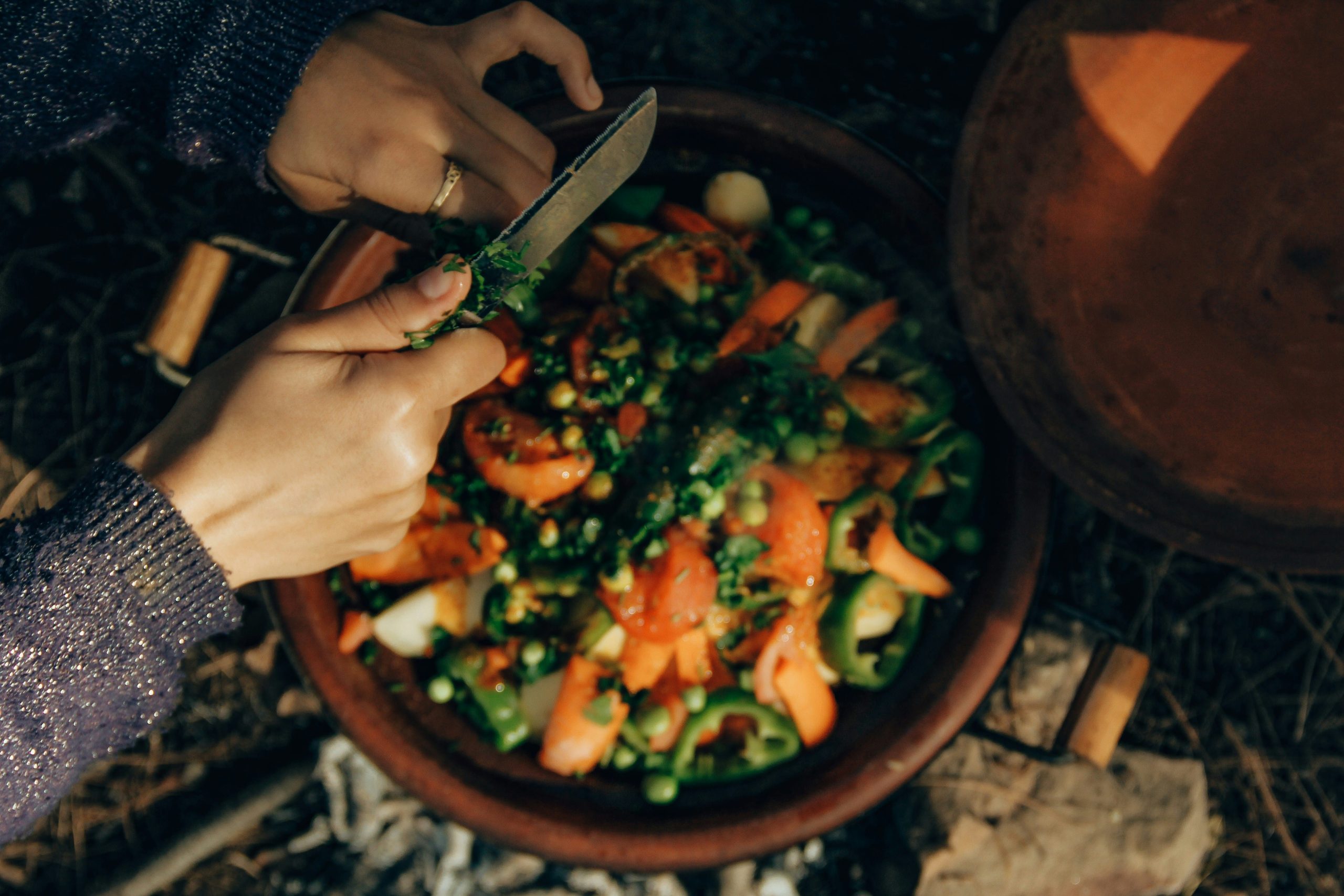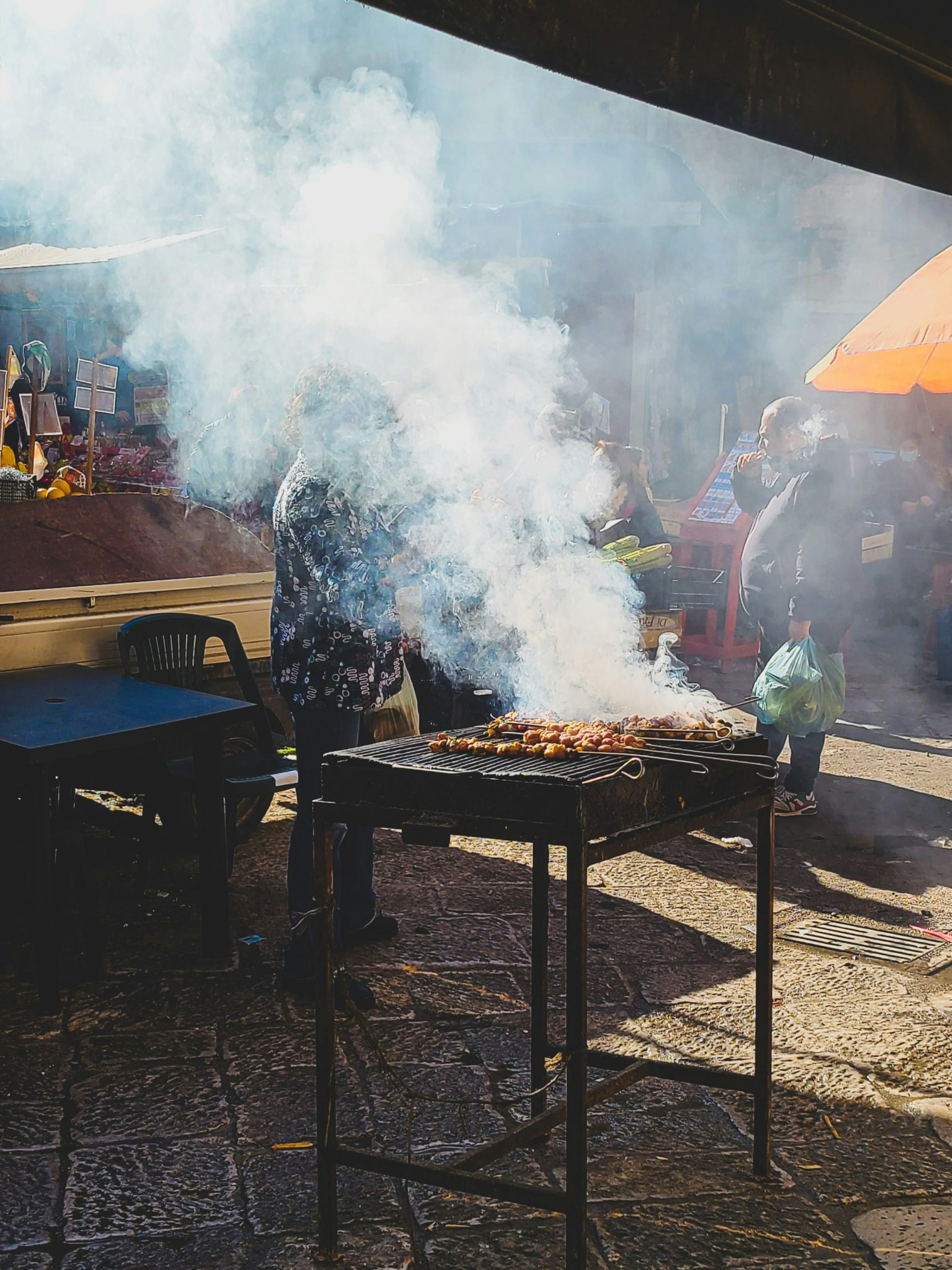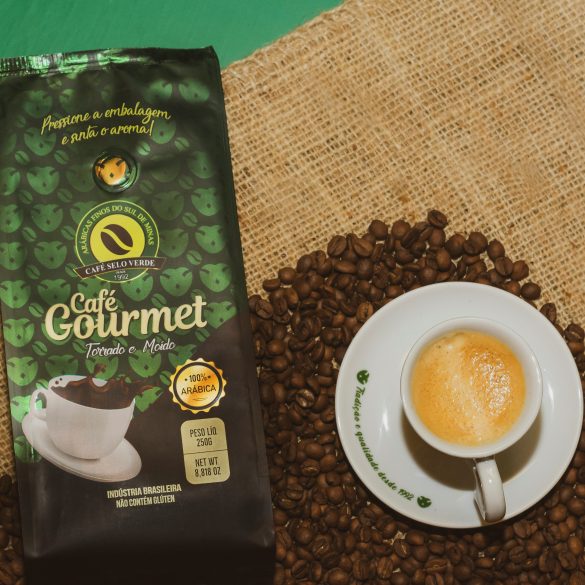Food Influencers in the Americas You Should Follow
Having spent countless hours scrolling through food content across different platforms, I’ve come to realize that the Americas offer some of the most authentic and engaging food influencers in the world. What strikes me most about these creators isn’t just their ability to make your mouth water—it’s their genuine passion for preserving culinary traditions while pushing boundaries.
The food influencer landscape has completely transformed how we discover recipes, learn cooking techniques, and connect with diverse food cultures. Back when I first started following food content creators, the scene was dominated by polished TV personalities. Now? We’re seeing home cooks, street food vendors, and passionate food lovers build massive followings by sharing their authentic culinary journeys.
Why Food Influencers Matter More Than Ever
Recent studies show that 73% of home cooks discover new recipes through social media platforms1, fundamentally changing how culinary knowledge spreads across cultures. These influencers aren’t just content creators—they’re cultural ambassadors preserving family traditions while making global cuisines accessible to diverse audiences.
North American Culinary Voices Leading the Movement
The North American food influencer scene fascinates me because it perfectly represents the continent’s melting pot nature. I’ve watched creators seamlessly blend indigenous techniques with immigrant traditions, creating content that’s both educational and deeply personal.
Take someone like Kenji López-Alt, whose scientific approach to cooking has revolutionized how people understand food chemistry. His content isn’t just about recipes—it’s about understanding the “why” behind cooking techniques. I find his approach particularly valuable because he makes complex culinary science accessible without dumbing it down.
Another creator who’s caught my attention is Bon Appétit’s Carla Lalli Music, whose approachable style makes intimidating techniques feel manageable. What I appreciate most about her content is the authentic way she addresses cooking failures—because honestly, we all burn the garlic sometimes.
The Canadian food scene has been absolutely exploding with diverse voices lately. Ricardo Larrivée continues to dominate French-Canadian cuisine, but I’m particularly excited about indigenous food creators like Sean Sherman (The Sioux Chef), who’s brilliantly showcasing Native American culinary traditions while addressing food sovereignty issues2.
| Influencer | Platform Focus | Specialty | Following |
|---|---|---|---|
| J. Kenji López-Alt | YouTube, Instagram | Food Science | 2.8M+ |
| Carla Lalli Music | Instagram, TikTok | Accessible Cooking | 1.2M+ |
| Sean Sherman | Instagram, LinkedIn | Indigenous Cuisine | 450K+ |
| Ricardo Larrivée | YouTube, Facebook | French-Canadian | 890K+ |
Central American Food Storytellers Preserving Heritage
Central American food influencers are doing something really special right now—they’re bridging generational gaps while preserving culinary traditions that might otherwise disappear. I’ve been following several creators who document their grandmothers’ recipes, and honestly, it’s some of the most moving content I’ve encountered.
What really gets me excited about this region’s food content is how these creators address food accessibility. Many showcase budget-friendly versions of traditional dishes, understanding that not everyone has access to specialty ingredients. This practical approach makes their content incredibly valuable for diverse audiences.
Regional Culinary Diversity
Central America encompasses seven countries with distinct culinary traditions. Guatemala alone has over 20 indigenous languages, each associated with unique food preparation methods passed down through generations. This linguistic diversity directly correlates with incredible culinary variety within relatively small geographic areas.
Creators like Guatemalan chef Mirciny Moliviatis have mastered the art of making traditional Maya cuisine accessible to modern audiences. Her content brilliantly balances authenticity with practical adaptation—she’ll show you how to make pepián using ingredients you can find at most grocery stores, then follow up with the traditional version using indigenous corn varieties.
The Mexican food influencer space is particularly dynamic. Beyond the obvious stars like Pati Jinich, I’m fascinated by regional specialists who focus on specific states or even individual cities. These creators are preserving incredibly specific culinary knowledge while building global audiences.
- Jauja Cocina Mexicana – Authentic regional Mexican recipes with detailed technique explanations
- De mi Rancho a Tu Cocina – Farm-to-table Mexican content with seasonal ingredient focus
- Mamá Maggie’s Kitchen – Honduran home cooking with cultural storytelling
- Cocina Costarricense – Costa Rican cuisine with emphasis on sustainable ingredients
Actually, let me step back for a moment—I should mention that following these creators has completely changed how I think about corn. The way Central American influencers showcase masa preparation, from selecting corn varieties to the nixtamalization process, reveals layers of complexity I never appreciated before.

South American Flavor Pioneers Redefining Global Cuisine
South American food influencers are having a massive moment right now, and frankly, it’s about time. The culinary diversity across this continent is absolutely staggering—from Peruvian nikkei fusion to Argentine asado traditions, these creators are introducing global audiences to flavors and techniques that deserve much wider recognition.
I’ve been particularly impressed by how Brazilian food influencers showcase regional variations within their own country. Rita Lobo, for instance, doesn’t just share recipes—she provides cultural context that helps viewers understand why certain dishes developed in specific regions. This educational approach elevates food content beyond mere entertainment3.
The Peruvian food scene online has exploded thanks to creators like Gastón Acurio’s protégés who’ve embraced social media. They’re not just showcasing ceviche—though their ceviche content is phenomenal—they’re exploring the incredible biodiversity of Peruvian ingredients. Did you know Peru has over 3,000 potato varieties? These influencers are making that diversity accessible and exciting.
Chilean wine country influencers have mastered the art of pairing food content with wine education. Their approach to seasonal cooking, matched with local wine varieties, creates content that’s both practical and aspirational. I find their harvest season content particularly engaging—they manage to make viewers feel connected to the land and seasons.
Argentine Asado Culture Goes Global
Argentine food influencers have successfully exported asado culture worldwide, but what impresses me most is how they’ve adapted their content for different audiences. Francis Mallmann’s influence extends beyond his cookbook fame—his disciples are creating content that makes fire cooking accessible to apartment dwellers and backyard enthusiasts alike.
- Equipment adaptation guides for different living situations
- Seasonal ingredient substitutions for various climates
- Time management techniques for busy schedules
- Safety protocols for urban fire cooking
Rising Stars to Watch
The next generation of food influencers in the Americas is absolutely fascinating. They’re digital natives who understand platform algorithms intuitively, but more importantly, they’re bringing fresh perspectives to traditional foods. I’m seeing creators who seamlessly blend multiple cultural influences—third-culture kids who grew up eating Korean-Mexican fusion or Italian-Brazilian combinations.
These emerging voices are also more conscious about sustainability and food justice issues. They’re creating content that addresses food deserts, showcasing urban farming, and highlighting the environmental impact of food choices. This socially conscious approach adds depth to their culinary content.
Platform Evolution Impact
TikTok’s algorithm has democratized food content creation, allowing home cooks to reach millions without professional equipment. This shift has led to more authentic, relatable content that resonates with diverse audiences seeking genuine culinary experiences rather than polished perfection.
What excites me most about these rising stars is their collaborative approach. They’re cross-pollinating ideas, doing recipe exchanges, and creating content series that celebrate the interconnectedness of American cuisines. This collaborative spirit is creating a more inclusive food media landscape.
Platform-Specific Strategies for Food Content Discovery
Each social media platform rewards different types of food content, and understanding these nuances has completely changed how I discover and engage with culinary creators. Instagram favors visually stunning photography and behind-the-scenes stories, while TikTok rewards quick, engaging cooking tips and transformation videos.
YouTube remains the gold standard for detailed cooking tutorials and cultural food documentaries. The long-form format allows creators to provide comprehensive instruction while building deeper connections with their audiences. I’ve noticed that successful YouTube food influencers often become trusted authorities in their specific niches4.
Maximizing Your Food Content Discovery
Here’s what I’ve learned about finding authentic food influencers: look for creators who share their failures alongside their successes. The best food content comes from people who aren’t afraid to show burned onions, failed bread rises, or seasoning mistakes. This authenticity creates genuine learning opportunities.
I also recommend following creators who engage meaningfully with their communities. The best food influencers respond to comments, share follower recreations, and create content based on audience requests. This two-way interaction creates more valuable, relevant content.
Looking ahead, I’m excited about the continued evolution of food content in the Americas. The combination of traditional knowledge, modern accessibility, and platform innovation is creating unprecedented opportunities for culinary education and cultural exchange. These influencers aren’t just sharing recipes—they’re preserving cultures, building communities, and making global cuisines accessible to everyone.
The future of food influence lies in authenticity, education, and community building. The creators who succeed will be those who genuinely care about their culinary traditions while embracing innovation and inclusivity. That’s the kind of content worth following.
References



